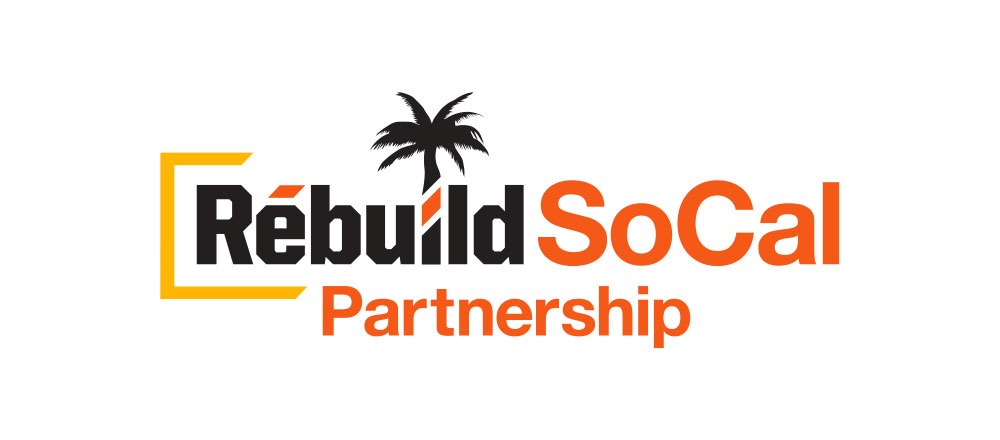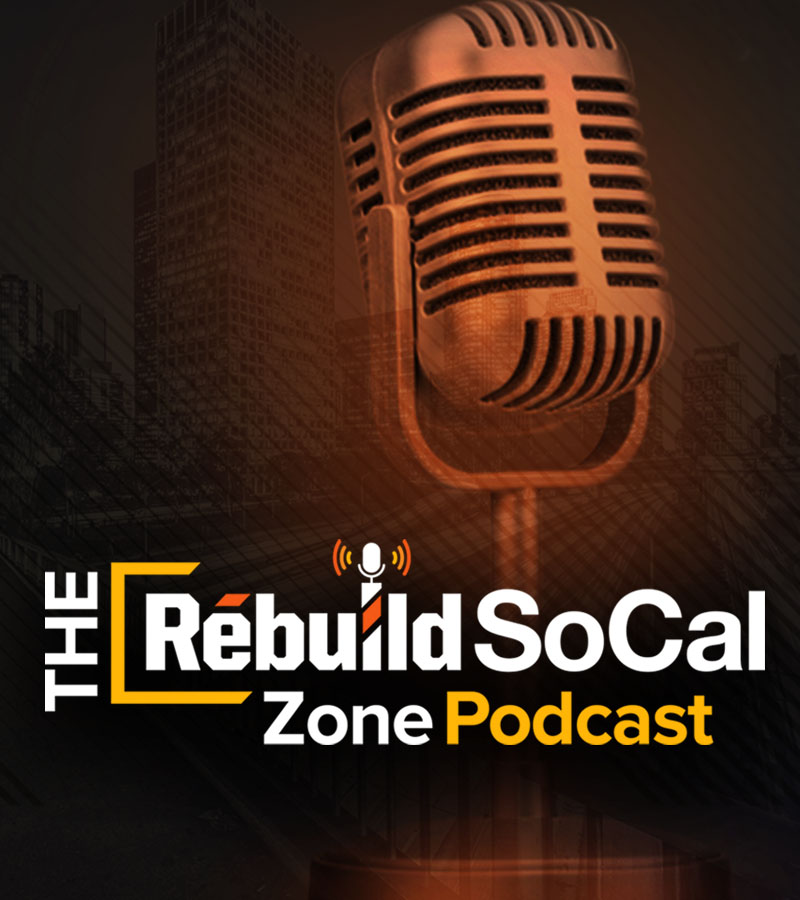Addressing the Growing Need for Technology
Long before COVID-19 required Los Angelenos to go online for school and work, the city was already facing a huge gap between those who have access to computers and the internet, and those who do not. This digital divide was exacerbated by the pandemic, putting many people at a disadvantage and impacting their daily lives in many ways.
With the spotlight now shining more intensely on broadband and updated technology needs, some organizations are working to close the gap.
Impact of the divide
Research by USC’s Annenberg and Price schools found that approximately one-in-four households with school-aged kids in Los Angeles County lack access to both broadband internet and either a laptop or desktop computer. The Los Angeles Times reported last September that six months after schools closed and students were forced into learning online due to the coronavirus, “tens of thousands of students remain without adequate digital access and school districts in Los Angeles County report they still need nearly 50,000 computers and Wi-Fi hot spots.”
Even as internet providers claimed to offer “free” internet connections, parents in South Los Angeles, Boyle Heights, and Watts were dealing with the reality of finding out otherwise. “I cry because it’s like a lie to the people,” Tamara Solis told LAist. “It’s not because I want it, it’s because we need it … You need the internet at home.”
Los Angeles County found a striking correlation between lack of internet, lower median income, and Latino or Black households, and research by the Oakland-based nonprofit Greenlining revealed that Latino households are only about one third as likely to have access to home internet as are white households.
In a research brief published in April 2020, the Partnership for Los Angeles Schools noted that despite the current efforts of state and local political leaders and the largest internet companies, “the digital divide persists as a real barrier to student learning.” The organization urged the state, district and technology leaders to put equity at the forefront for the sake of students and to prioritize access for communities with the greatest needs first.
While cost is certainly a factor, connecting is also an issue. In Watts, for example, only AT&T provides internet service to parts of that community. And where there is internet service, it is often slow speeds (25 megabits per second download and 3 Mbps upload) that were set six years ago by the Federal Communications Commission regulatory requirements.
“Today, with all of the devices in a household that need to connect to broadband, just two students using a 25/3 network connection at the same time can easily overwhelm it,” says Jarrett Barrios, senior vice president of programs for the California Community Foundation. “It’s clear that the FCC standard is outdated and subpar for today’s realities.”
Power in partnerships
Because there are so many parts to the broadband infrastructure puzzle, many experts examining this issue point to public-private partnerships as a way to get many stakeholders on the same page and make progress. As David Witkowski, a senior member and co-chair of the Deployment Working Group at the Institute of Electrical and Electronics Engineers’ Future Networks points out, “Municipalities would not only have to engineer and fund any networks but also maintain them. Cities would have to staff up for this. They’d have to invest, and they’d have to essentially become carriers,” he says. “Can cities do that in the context of all the other things they do? And once they start doing it, they have to keep doing it — otherwise they’ll eventually leave people high and dry.”
In March, the City of Los Angeles began working with the vendor-research firm Marketplace.City to find “everything under the sun” that could improve its broadband connectivity, according to Miguel Sangalang, interim director of the city’s streetlights bureau. Together they are slated to vet potential vendors and make the city’s existing infrastructure — streetlights, poles, buildings, property, fiber and other public assets — available to possible vendors.
Additionally, Delete the Divide is an initiative launched by the Los Angeles County Board of Supervisors to empower youth and small businesses in underserved communities who are adversely impacted by the digital divide. The County has formed partnerships with public, private, academic, and community-based organizations to unify efforts in ensuring that disadvantaged communities have direct access, training, and support services in modern technologies.
Selwyn Hollins, the director of the Los Angeles County Internal Services Department, says Los Angeles County also has the means to possibly develop its own broadband network just like other cities, including Tuscon, Ariz., have done. The county currently owns radio towers and thousands of facilities that offer free public Wi-Fi that could be integrated into a more comprehensive system.
Funding for these options is available. Los Angeles County has budgeted $18.7 million from the Coronavirus Aid, Relief, and Economic Security (CARES) Act funding for programs that include a laptop lending program, computers and hot spots for area school districts, and the expansion of Wi-Fi connectivity in library parking lots for residents to use.
Additionally, Governor Gavin Newsom in July signed historic legislation providing $6 billion to expand broadband infrastructure and enhance internet access for unserved and underserved communities.
Meeting the challenge
“Instead of thinking about broadband as a type of infrastructure that we as civil engineers need to be more proactive in deploying, we must recognize that broadband as technologies for accessing information must be central to everything we do going forward, like sustainability and resilience,” says Mikhail Chester, Director of the Metis Center for Infrastructure and Sustainable Engineering at Arizona State University.
At the Rebuild SoCal Partnership, we concur. It’s become more urgent than ever for city and county leaders to work together with other organizations to make progress and to get communities connected with broadband infrastructure. As we continue to move through this pandemic, the need goes beyond online learning. People also connect to doctors, gain access to utility and rental assistance, and numerous other essential programs that are available online; this must be accessible to all Los Angelenos to grow our connections, enhance our economy and bridge the digital divide.
Stay up-to-date on this and other important infrastructure issues by signing up for the Rebuild SoCal Partnership newsletter. Follow us on Facebook, Twitter and Instagram, and listen to The Rebuild SoCal Zone podcast.

